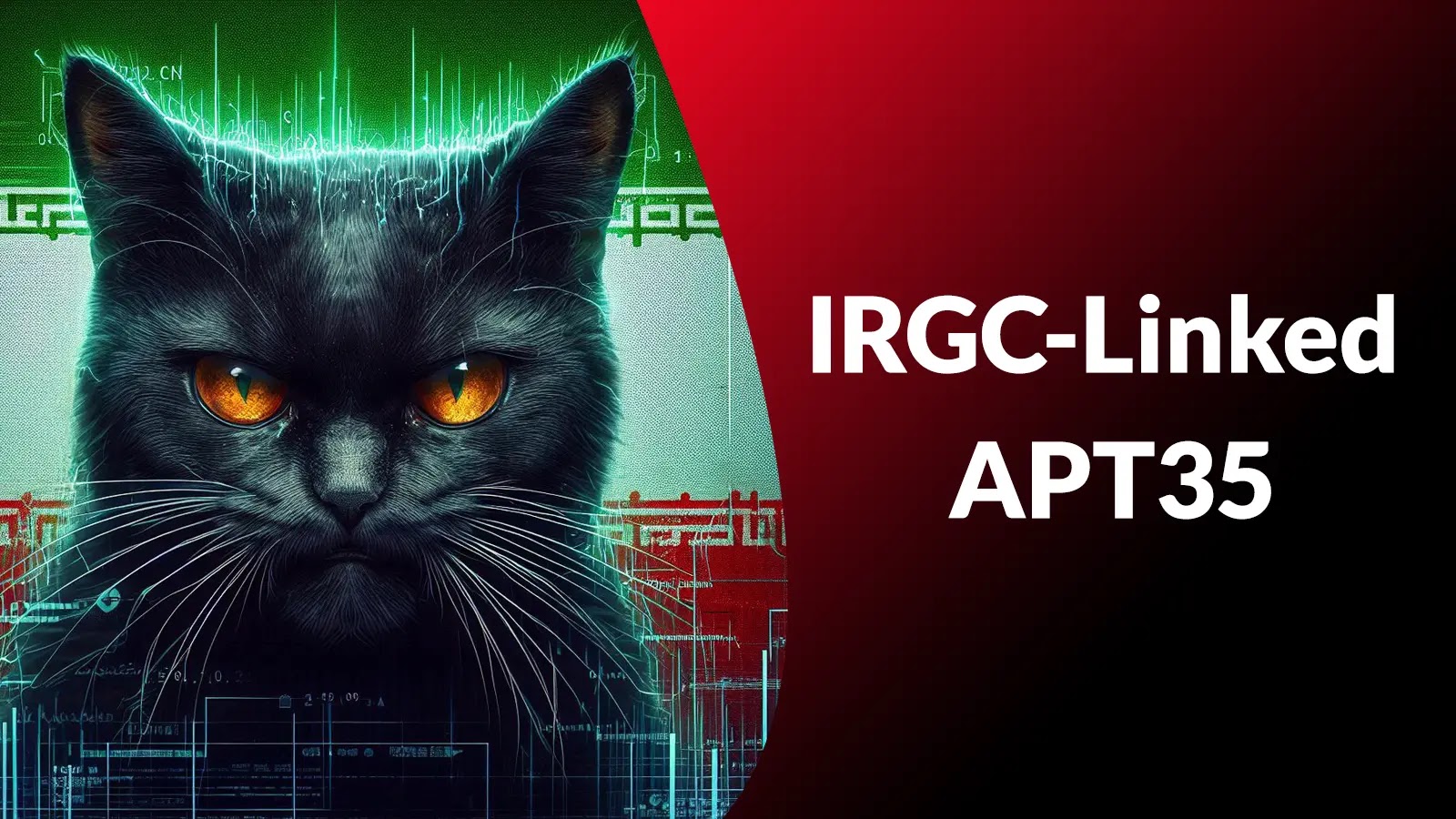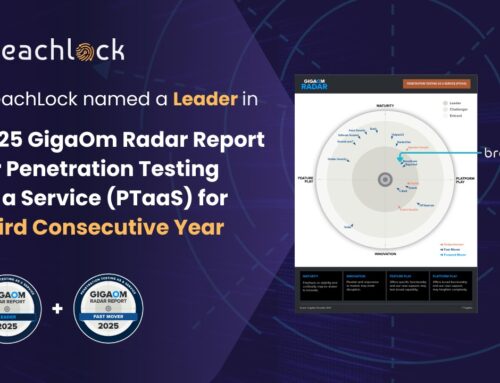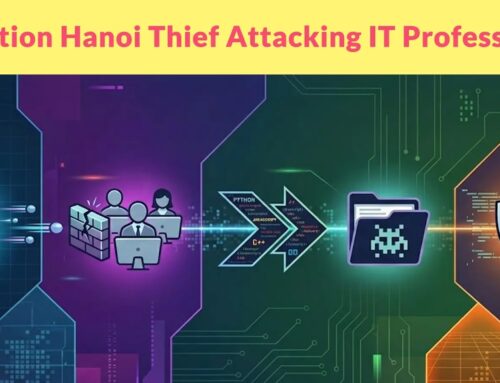
IRGC-Linked APT35 Structure, Tools, and Espionage Operations Disclosed
Unmasking APT35: Iran’s Evolving Cyber Espionage Machine
In the complex and often shadowy domain of cyber warfare, understanding the tactics and capabilities of persistent threat actors is paramount for effective defense. One such formidable adversary is the IRGC-linked APT35, a group that has demonstrated a remarkable ability to adapt and refine its espionage operations. This deep dive will explore the structural evolution, sophisticated toolkits, and widespread impact of APT35, revealing why this group remains a significant concern for governments, critical infrastructure, and diplomatic missions globally.
APT35’s Origins and Strategic Evolution
Emerging onto the cyber threat landscape in the mid-2010s, APT35, also known by monikers such as Charming Kitten, Phosphorus, and Ajax Security Team, quickly established itself as a dedicated and well-resourced espionage collective. Initially, their operational focus was predominantly on credential harvesting. This involved crafting meticulously designed phishing campaigns aimed at tricking high-value targets into divulging their login credentials. Over time, however, APT35 broadened its ambitions and technical prowess, moving beyond simple credential theft to developing a modular toolkit capable of much deeper network infiltration.
Their targets are not random. APT35 exhibits a clear strategic alignment, primarily focusing on entities that hold intelligence value for its alleged state sponsors. These include:
- Government entities: Access to classified information, policy insights, and strategic communications.
- Energy firms: Intelligence on critical infrastructure, supply chains, and geopolitical leverage.
- Diplomatic missions: Insights into international relations, foreign policy, and negotiation strategies.
The geographical scope of their operations extends across the Middle East and globally, underscoring their broad intelligence gathering objectives.
Deconstructing APT35’s Sophisticated Toolset
The evolution of APT35’s operations is mirrored in the complexity and diversity of its toolset. What began with targeted phishing has blossomed into a sophisticated arsenal designed for persistent access, data exfiltration, and stealthy reconnaissance. While the provided source content notes a “modular toolkit,” a typical APT operation of this nature would likely leverage a blend of custom malware, open-source tools, and legitimate software for various stages of the attack kill chain. These stages commonly include:
- Initial Access: Beyond basic phishing, this might involve spear-phishing with malicious attachments, exploitation of public-facing application vulnerabilities (though no specific CVEs are highlighted in the source, these are common APT tactics), or watering hole attacks.
- Execution and Persistence: Custom backdoors, remote access Trojans (RATs), and exploitation of legitimate system utilities to establish and maintain a foothold within compromised networks.
- Privilege Escalation: Leveraging unpatched vulnerabilities or misconfigurations to gain higher-level access within the network. For instance, specific local privilege escalation vulnerabilities like CVE-2023-XXXXX (placeholder for a hypothetical, relevant CVE) might be sought out.
- Lateral Movement: Techniques such as stolen credentials, Pass-the-Hash attacks, or exploitation of internal network service vulnerabilities to spread across the victim’s infrastructure.
- Data Exfiltration: Encrypted communication channels, often disguised as legitimate network traffic, to smuggle stolen data out of the compromised environment.
The “modular” nature of their tools implies a framework that allows APT35 to deploy specific capabilities based on the target environment and intelligence requirements, making their attacks adaptable and challenging to defend against.
Espionage Operations: Targets and Tactics
APT35’s primary objective is cyber espionage – the clandestine acquisition of sensitive information. Their operational tactics are tailored to achieve this goal with maximum stealth and efficiency. The targeting of government entities, energy firms, and diplomatic missions directly supports their intelligence mandate. This isn’t about financial gain; it’s about strategic advantage, influence, and national security objectives.
The shift from basic credential harvesting to deep network infiltration signifies a desire for more comprehensive and sustained access to target systems. This allows them to:
- Monitor communications and internal discussions.
- Extract confidential documents, blueprints, and strategic plans.
- Gain insights into critical infrastructure operations.
- Potentially lay groundwork for future disruptive or destructive operations, although espionage remains their core focus.
Remediation Actions and Defensive Strategies
Defending against a sophisticated and adaptive threat actor like APT35 requires a multi-layered and proactive cybersecurity posture. Organizations must move beyond basic security practices to implement advanced threat detection and response capabilities.
- Strengthen Phishing Defenses: Implement advanced email filtering solutions, conduct regular security awareness training, and deploy DMARC/SPF/DKIM to minimize email spoofing.
- Multi-Factor Authentication (MFA): Enforce MFA across all critical systems and accounts. This mitigates the impact of stolen credentials, a core APT35 tactic.
- Patch Management: Maintain a rigorous patch management program for all operating systems, applications, and network devices. APTs frequently exploit known vulnerabilities.
- Endpoint Detection and Response (EDR): Deploy EDR solutions to detect suspicious activities, identify advanced malware, and respond to incidents in real-time.
- Network Segmentation: Segment networks to limit lateral movement in the event of a breach. This reduces the blast radius of an attack.
- Continuous Monitoring: Implement Security Information and Event Management (SIEM) solutions for centralized log collection and analysis, allowing for rapid detection of anomalies.
- Threat Intelligence Integration: Subscribe to and integrate high-quality threat intelligence feeds that specifically track APT35 and other state-sponsored groups. This provides early warnings of emerging tactics, techniques, and procedures (TTPs).
- Incident Response Planning: Develop and regularly test a comprehensive incident response plan to ensure a swift and effective reaction to a breach.
Conclusion: The Enduring Threat of APT35
APT35 stands as a stark reminder of the persistent and evolving nature of state-sponsored cyber espionage. Their continuous adaptation from simple credential harvesting to complex deep network infiltration underscores the need for constant vigilance and proactive defense. For organizations targeted by such adversaries, a robust security architecture, coupled with informed threat intelligence and a well-drilled incident response capability, is not just recommended—it’s essential for safeguarding critical information and maintaining operational integrity in an increasingly complex cyber landscape.





